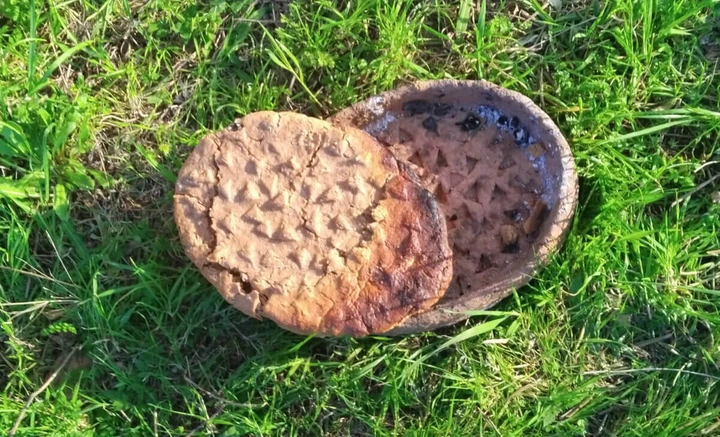Discovery of 8,000-year-old 'focaccia' alters our understanding of ancient culinary practices
Ancient pottery reveals the story of humanity's earliest skilled bakers.
BARCELONA — A new archaeological study has revealed that some of humanity’s earliest farmers weren’t just making basic flatbreads — they were crafting something closer to modern-day focaccia, complete with seasonings and oils. This discovery dates back to communities that lived between 6400 and 5900 BCE in what is now Syria and Turkey.
While it’s long been known that ancient peoples were baking bread, researchers now have evidence that these early cooks were far more sophisticated than previously thought. Using specialized clay trays, they were creating both plain loaves and more elaborate recipes that included animal fats and plant oils. Their study shows how experimental cooking has been part of human culture for at least 8,000 years.
These ancient clay trays were essentially the world’s first non-stick baking pans. Made from coarse clay, they featured distinctive grooved patterns on their inner surfaces, not unlike modern bread pans, but with scoring that helped prevent the dough from sticking. These vessels, which archaeologists call “husking trays,” were previously thought to be used mainly for processing grains. Now, thanks to new research techniques, we know they were actually well-crafted baking dishes.
A global research team, headed by Sergio Taranto from Sapienza University of Rome in collaboration with the Autonomous University of Barcelona, investigated 13 pieces of ancient trays discovered at three archaeological locations: Mezraa Teleilat, Akarçay Tepe, and Tell Sabi Abyad.

View pictures in App save up to 80% data.
To understand how these ancient bakers worked, researchers recreated their methods using replica trays. They found that when placed in dome-shaped ovens heated to around 420°C (788°F), which is about twice as hot as a modern home oven can get. These trays could bake large loaves of bread in about two hours. The grooved patterns helped prevent the bread from sticking, much like how we grease and flour pans today.
“Our study offers a vivid picture of communities using the cereals they cultivated to prepare breads and ‘focaccias’ enriched with various ingredients and consumed in groups,” Taranto says in a statement. The size of these breads — weighing around 3 kilograms (about 6.6 pounds) — suggests they may have been meant for sharing among community members.
The research team employed three distinct approaches to examine the tray fragments. Initially, they examined wear patterns, akin to the signs of use found on a frequently used contemporary pan. Additionally, they sought microscopic remnants of plants, known as phytoliths, as well as chemical residues of fats and oils that may have permeated the clay throughout the years.

View pictures in App save up to 80% data.
What they found was fascinating. Some trays showed signs of being used only for basic bread, while others contained evidence of more elaborate recipes including animal fats and plant oils. They identified both wheat and barley as ingredients, confirming these early bakers were using the crops they grew to make their bread.
Taranto states, “The husking trays we discovered suggest that this Late Neoli